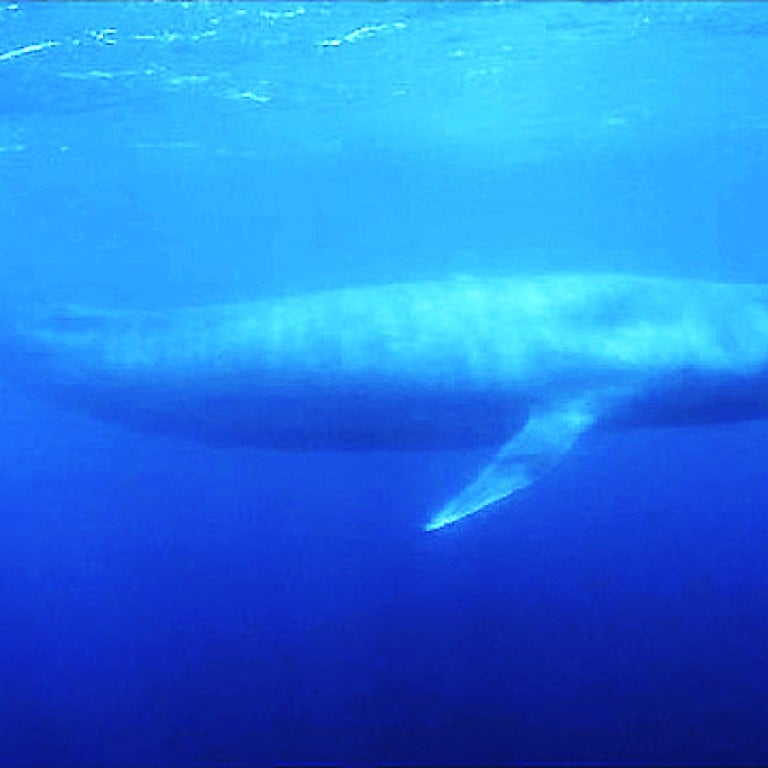
Whale's earwax provides a hormonal and chemical biography
Scientists probing a giant plug of earwax pulled from a dead blue whale have discovered in its hardened layers a detailed biography of its life, from birth to death, in six-month chapters.
Scientists probing a giant plug of earwax pulled from a dead blue whale have discovered in its hardened layers a detailed biography of its life, from birth to death, in six-month chapters.
Their new technique, described in the journal , arms researchers with a tool to understand a whale's hormonal and chemical biography - and a window into how pollutants, some long discontinued, still pervade the environment.
Whales are often called marine sentinels because they can reveal a lot about the waters they pass through, says study co-author Sascha Usenko, an analytical environmental chemist at Baylor University in Waco, Texas.
"These types of marine mammals that are long-lived have a great ability to accumulate contaminants, and so they're often perceived as being sentinels of their ecosystem," Usenko said.
The team took a very fine-toothed band saw to a 25cm earplug pulled out of a nearly 22-metre male blue whale that died after a 2007 collision with a ship off the Santa Barbara coast.
They found that the whale's testosterone levels spiked 400-fold around 10 years old - a mark that it had reached sexual maturity, refining researchers' estimates of when males come of age. Levels of the stress hormone cortisol spiked 800 per cent soon after the whale's testosterone shot up, which could be due to competition for mates.
The researchers found several persistent organic pollutants, particularly DDT, the insecticide largely banned in the US in 1972 in part for its suspected cancer-causing properties. But this whale was born after the ban.
Many of the pollutants in the plug, particularly the discontinued chemicals, were probably passed through its mother's milk. Persistent pollutants spiked in the whale's first six months, a period accounting for 20 per cent of the total persistent pollutants in the whale's 12-year lifespan.
